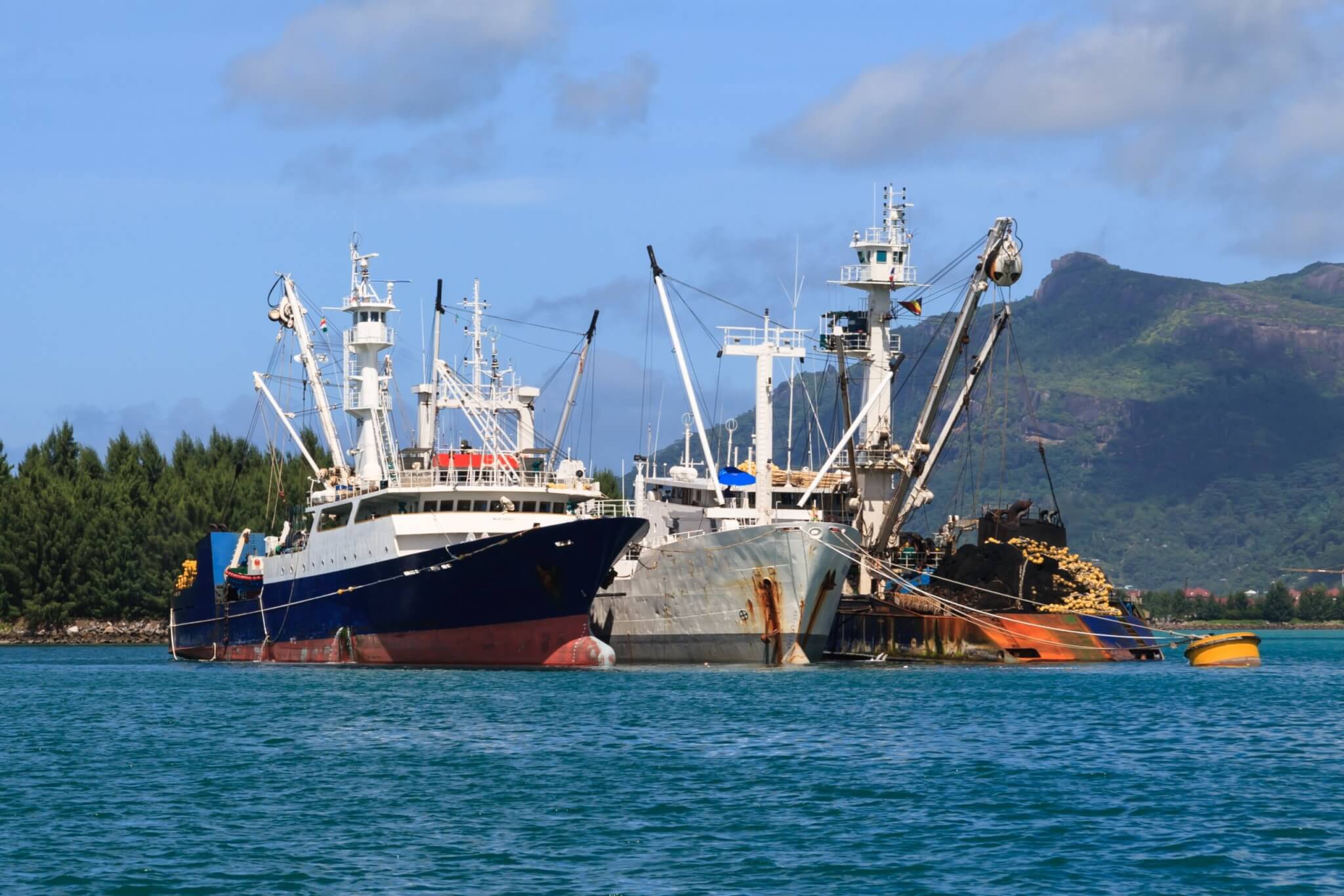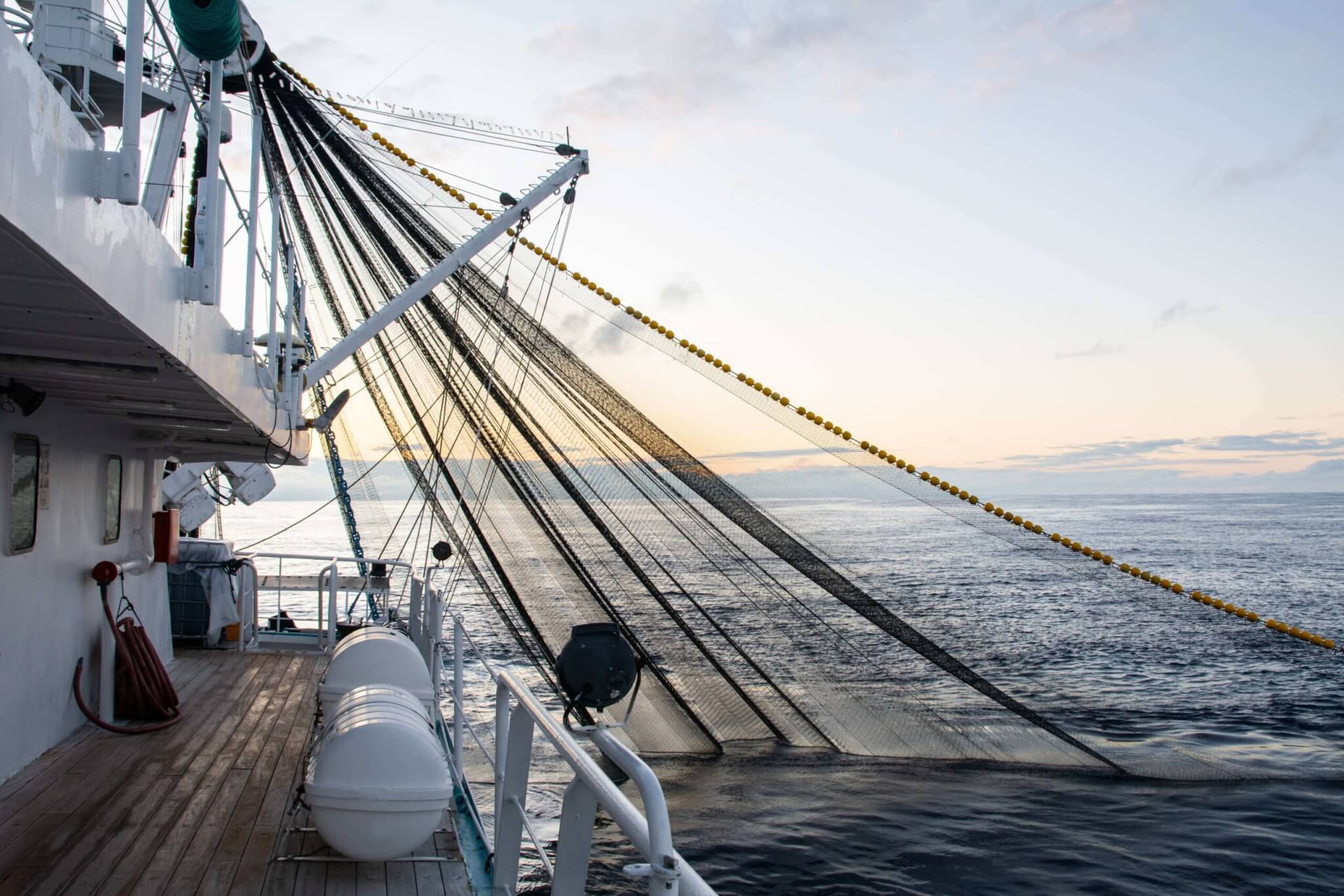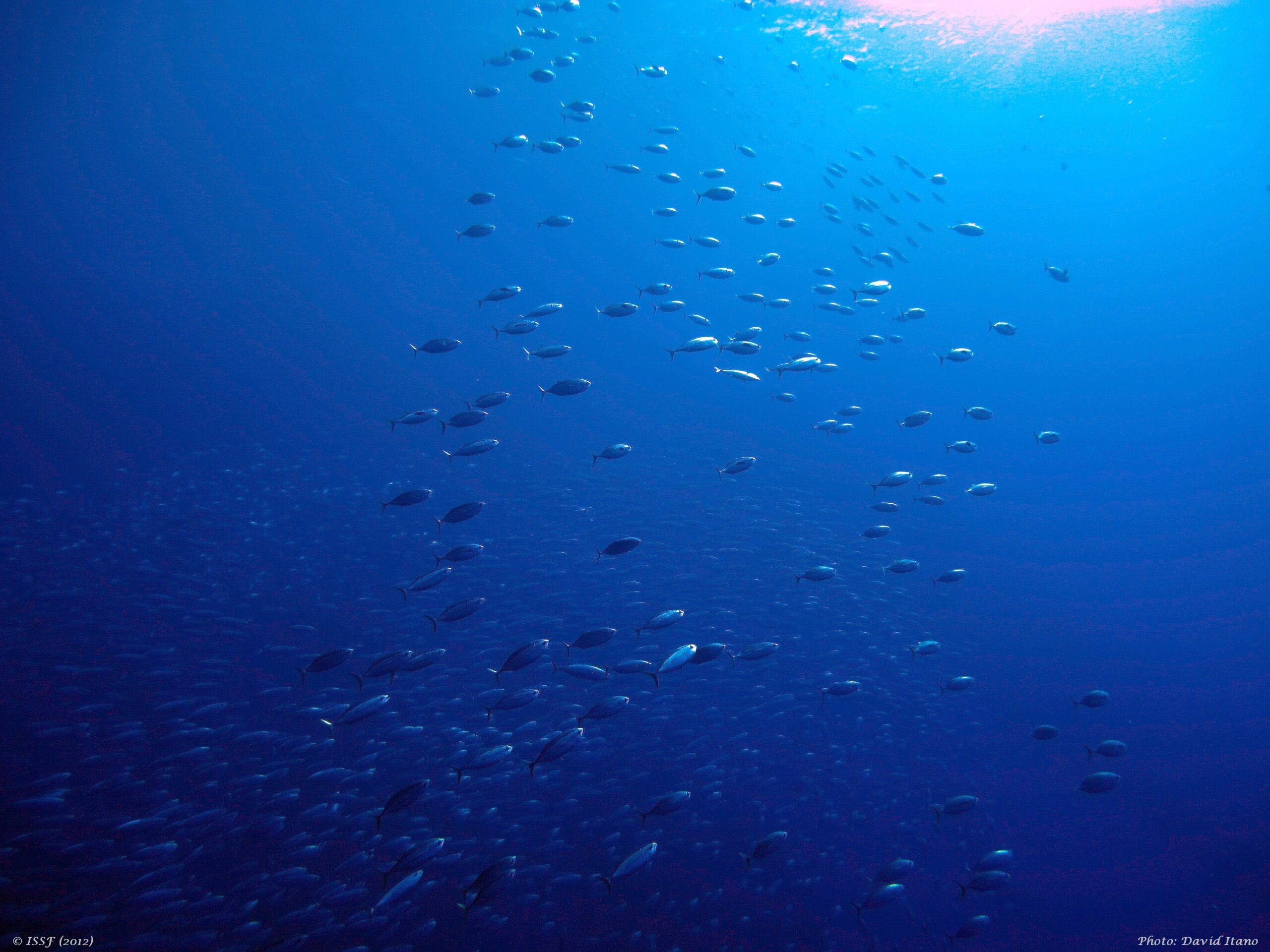
2016 Year in Review – What Difference Did a Year Make?
Every December, the ISSF team takes stock of the year’s achievements in the tuna RFMOs. We also set our sights on new goals and identify areas where stronger collaboration can ensure progress on priorities that need extra attention.
Harvest Strategies
Harvest strategies, which include harvest control rules (HCRs) and reference points, are an essential component of modern, science-based fisheries management. All four tropical tuna RFMOs made some progress developing elements for harvest strategies.
First up in the 2016 RFMO cycle, IOTC adopted an initial harvest control rule (HCR) for skipjack tuna that is consistent with scientific advice. The adoption of this skipjack HCR was the culmination of significant work, investment and advocacy by many parties over several years—nations, industry, NGOs, scientists and retailers—and it allows for refinement as management strategy work continues.
Then, the IATTC adopted a more complete interim HCR for yellowfin, skipjack and bigeye tuna in accordance with two years of scientific advice. This action paves the way for implementing a comprehensive harvest strategy that fisheries can follow to ensure stocks are maintained at an optimal level.
In November in Portugal, ICCAT advanced its Harvest Strategy processes, which now have a timetable. ICCAT’s Standing Working Group to Enhance Dialogue Between Fisheries Scientists and Managers will meet again next year, and HCR elements for Northern Atlantic albacore tuna will be tested via management strategy evaluations (MSEs).
Finally, we ended the year on a high note in Fiji, where the WCPFC adopted an interim 10-year rebuilding target for bigeye tuna (which is currently overfished to a level below the Commission’s Limit Reference Point, with overfishing still occurring). WCPFC also adopted interim acceptable levels of risk for breaching the limit reference points for yellowfin, skipjack and albacore, which will be used in evaluating candidate HCRs, as well as interim management objectives for the tropical tuna purse seine fishery.
FAD Management
Fish Aggregating Devices (FADs) are used in nearly 40% of global tuna catches, including 50% of global skipjack catches. For optimal FAD monitoring and management, it’s essential that nations report specific FAD data to RFMOs. It’s good news that there was some progress in this area—and it’s important to celebrate.
IATTC, for example, agreed to amendments to the Commission’s FAD measure to: (i) pull the reporting and management recommendation dates forward to 2018; (ii) make the FAD management working group permanent, and allow it to report directly to the Commission; and (iii) require that FAD data are submitted in a standardized format.
ICCAT’s revised tropical tuna measure now requires better data reporting from and monitoring on supply vessels, which ISSF has been advocating to tuna RFMOs. Supply vessels conduct activities related to drifting FADs that increase a purse seiner’s efficiency, reducing the time it needs to search for and maintain FADs. Right now, tuna RFMOs are not adequately assessing or monitoring these supply vessel activities.
Strengthening Monitoring, Control and Surveillance
Achieving sustainable tuna fisheries doesn’t begin and end with adopting measures for harvest strategies, reducing the catch of tuna stocks to sustainable levels, and managing FADs. Implementing robust monitoring, control and surveillance (MCS) measures—transparently, by all parties—is equally critical to be certain that the adopted measures are being carried out.
In the Indian Ocean, the IOTC took significant steps that will support HCRs and other measures. For example, parties agreed to explore options for strengthening the IOTC satellite vessel monitoring system, start a work program to implement electronic reporting for the IOTC’s Port State Measures Resolution, and begin a pilot project to strengthen the IOTC Regional Observer Scheme. In addition, IOTC’s adoption of a Resolution on Vessels without Nationality aligns the IOTC with other tuna RFMOs and strengthens global actions against IUU fishing.
In the Atlantic Ocean, ICCAT progressed the development of e-monitoring and e-reporting standards. In particular, the new ICCAT observer measure accepted the proposed guidelines for purse seiners and tasked ICCAT’s science body with developing additional guidelines for other gears, as needed.
To ensure RFMOs receive quality data from observer programs, it is essential that these observers can do their jobs in a safe and professional environment. That is why we are pleased the WCPFC adopted a binding measure for the protection of WCPFC regional program observers—a first of its kind.
Priorities for 2017
While we are pleased with the positive results this year, much more is needed to achieve sustainable global tuna fisheries.
For 2017, in addition to continuing to work to progress harvest strategies, MCS reform, and FAD management, four other areas stand out as priorities—across all tuna RFMOs—where ISSF will be working collaboratively with scientists, other NGOs, industry, vessels, the market and the tuna RFMOs to accelerate action:
- Adoption of science-based conservation and management measures for tropical tunas
- Strengthening the management and monitoring of longline fisheries, in particular by increasing the levels of observer coverage from 5%
- Developing and adopting standards for electronic reporting and electronic monitoring
- Taking precautionary steps to manage and collect better data on sharks and rays, in particular through the use of non-entangling FADs, best practices for safe handling and release, and requiring sharks be landed with fins naturally attached
We will also be paying particular attention to the WCPFC, which produces more than half of the global tuna catch. WCPFC is falling behind other tuna RFMOs in several key areas:
- It is the only tuna RFMO that has a closed and non-transparent compliance monitoring process. Progress to adopt procedures to allow accredited observers access to these deliberations, under strict conditions, as is the practice in all other tuna RFMOs, was stalled by a single member. ISSF will continue to advocate for such transparency in 2017 with our partners, as it is essential to good governance and ensuring all players are fully implementing their obligations, and addressing any non-compliance as a matter of priority.
- It also the only tuna RFMO that has not adopted provisions for the use of non-entangling FAD designs.
Since 2005, scientists and fishers have been collaborating to design drifting FADs that minimize entanglement risk for sharks and other non-target species. The resulting FAD designs—like those developed by scientists working with ISSF—are less likely to entangle non-target species. A recent study shows that the industry acceptance level of such designs by fishers and ship-owners has progressed rapidly since 2010. Without decreasing their tuna catches, fleets have replaced traditional FADs with lower-entanglement-risk and non-entangling FADs.
Given the clear science, growing adoption by global purse seine fleets, and the action in three of the four tuna RFMOs, ISSF adopted a new ISSF Conservation Measure -3.5 Transactions with Vessels that Use Only Non-entangling FADs to support a global transition to non-entangling FADs. The measure requires that ISSF participating companies conduct transactions only with purse seine vessels whose owners have a public policy to use only non-entangling FADs, and that the policy should refer to the ISSF Guide for Non-Entangling FADs.
Thanks to all ISSF partners and supporters for the great work in 2016. We look forward to working with you again in 2017—it will be a big year. The ISSF team will continue to work to support strengthened conservation and management of the world’s tuna fisheries on which so many communities and nations depend. Why? Because fish matter.


